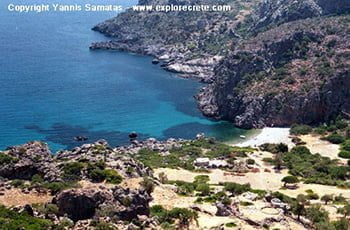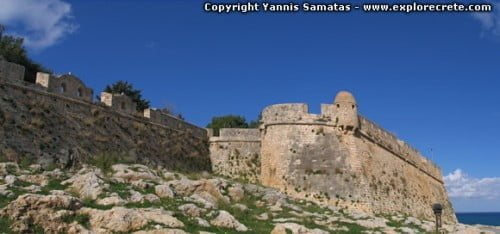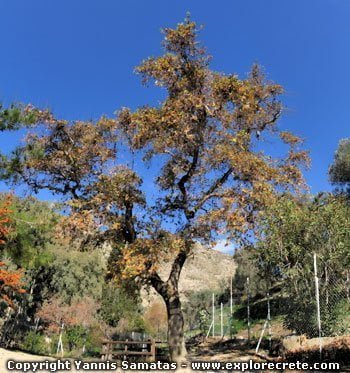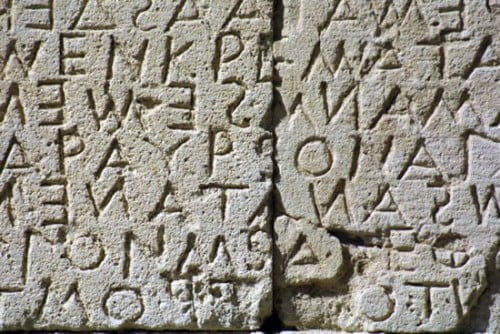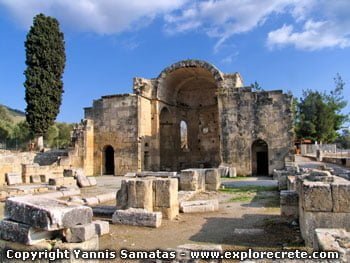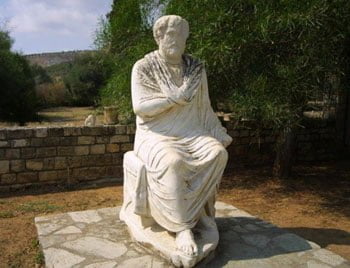Kommos Archaeological Site
The Minoan town of Kommos
Situated in southern Crete, the archaeological site of Kommos, also referred to as Komos, was once a crucial harbor town for the Minoan settlements of Phaistos and Agia Triada from 1650 to around 1250 BC. This Minoan settlement lies about 5 kilometers to the southwest of Ayia Triada and 6 kilometers from Phaistos.
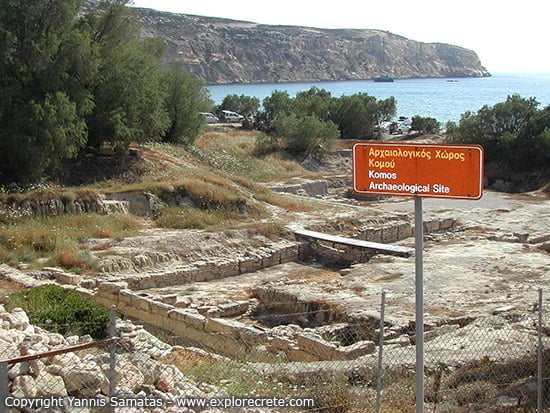
At Kommos, the remains include a Minoan port, public edifices, granaries, facilities for oil processing, ship construction sites, and a substantial courtyard. Archaeological findings also reveal a small temple built upon the remnants of an older one, underscoring the site’s importance in understanding Minoan international trade and everyday societal activities.
In the 19th century, in an outbreak of imagination and romanticism, the Italian archaeologist Taramelli identified Kommos as the place where King Menelaus was shipwrecked on his way home from Troy after the end of the Trojan war, a deadly accident mentioned by Homer.
Today part of the ancient town has been excavated. The Kommos archaeological site is not open to the public, but you can see a bit of it from the side of the fenced-off area as you walk down to the beach. You can also see it from above, stopping at the crossroads after Pitsidia before heading down to Kommos beach.
Excavations at Kommos
Sir Arthur Evans was the first to refer to the relationship between Kommos and Phaistos, but the excavation of Kommos was undertaken much later, starting in 1967, by a team of Canadian archaeologists.
The head of the Kommos excavations is Professor Joseph Shaw of Toronto University. He places the Kommos archaeological site at one point of a “Great Minoan Triangle”, the other two being Phaistos and Agia Triada.
The Minoan town of Kommos flourished in the Middle and Late Minoan period, and remained inhabited until Roman times.
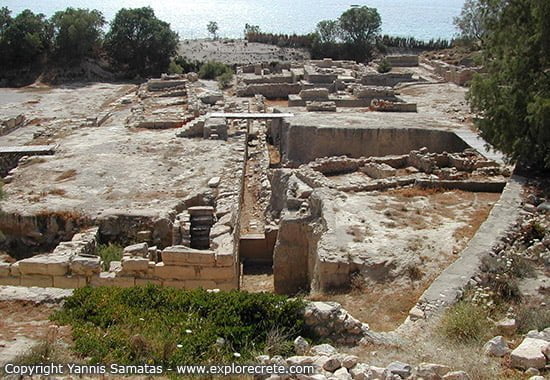
The discoveries in the Kommos area include the harbour settlement and a set of successive public buildings which may have been storerooms or shipsheds for housing and protecting the ships of Phaistos.
The palatial buildings discovered at Kommos are dated to the Neopalatial period, 1450-1300 BC, and the Postpalatial period, 1300-1200 BC.
The fascinating building complex excavated in the town includes a temple, a prytaneion (official building), a round enclosure and a courtyard with four square altars.
In 1100 BC a sanctuary was founded which remained in constant use until the end of the Hellenistic period. Under the sanctuary were discovered the Postpalatial stoai (covered walkways), presumably used as storerooms.
Ancient olive presses at Kommos
Within the harbour installation very well-preserved buildings came to light, revealing the advanced state of olive cultivation in Minoan times. Slabs from the olive press were found here, together with a multitude of tools and fittings such as separators, counterweights, collection basins and vessels used to store the oil produced.
The olive press installation shows that the Minoans built platforms on which the olive press bed was set. The olives were crushed into paste and ground on the press bed by stone weights, which were also found during the course of the excavations.
Today most of the olive oil production finds from Kommos, as well as many other stone, clay and metal objects, are housed in Heraklion Archaeological Museum.
The destruction of Kommos
Unfortunately Kommos was extensively destroyed many centuries ago. The houses and public buildings of the town were destroyed by earthquake and later rebuilt from the foundations up. Interestingly, the town was originally built on terraces, as we can see from the underground, semi-underground and raised areas which have been discovered.
Read also:
- Kommos beach, one of the largest and most beautiful beaches in Crete is Komos or Kommos.
© explorecrete.com All Rights Reserved. Reproduction or copying without permission is prohibited.

